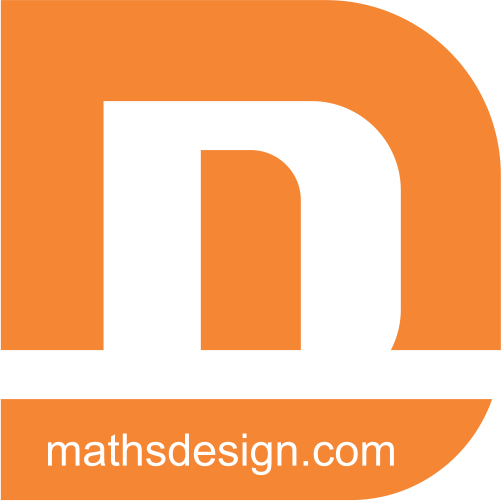Combinatorics Symbols
Combinatorics Symbols with Symbol Name , Meaning and definition and also with Example:
Symbol |
Symbol Name |
Meaning / Definition |
Example |
|---|---|---|---|
| n! | Factorial | Product of all positive integers up to ‘n’. | 5! = 5 × 4 × 3 × 2 × 1 = 120 |
| nPr | Permutations | Number of permutations of ‘n’ objects taken ‘r’ at a time. | 5P2 = 5! / (5 – 2)! = 5 × 4 = 20 |
| nCr | Combinations | Number of combinations of ‘n’ objects taken ‘r’ at a time. | 5C2 = 5! / (2! × (5 – 2)!) = 10 |
| ( ) | Parentheses | Used for grouping and order of operations. | (3 + 4) × 2 = 14 |
| [ ] | Brackets | Used for grouping and indicating intervals. | [1, 5] represents the interval [1, 5]. |
| { } | Braces | Used for sets and indicating collection of elements. | {1, 2, 3} represents a set of numbers. |
| ∑ | Summation | Sum of a sequence of terms. | ∑(i = 1 to 5) i = 1 + 2 + 3 + 4 + 5 = 15 |
| ∏ | Product | Product of a sequence of terms. | ∏(i = 1 to 4) i = 1 × 2 × 3 × 4 = 24 |
| ! | Exclamation Mark | Denotes a “subfactorial” or derangement of ‘n’ objects. | !5 represents the subfactorial of 5. |
| μ | Mu (Greek letter) | Represents the average or expected value. | μ = (x1 + x2 + … + xn) / n |
| Σ | Capital Sigma | Represents a sum over a range of values. | Σ(i = 1 to 5) i = 1 + 2 + 3 + 4 + 5 = 15 |
These examples illustrate the usage and meaning of each symbol in combinatorics and related mathematical contexts.
Combinatorics Symbols
Combinatorics is a branch of mathematics that deals with counting and arranging objects. It uses various symbols and notations to represent concepts and formulas. Here are some common combinatorics symbols:
n! (Factorial):
The factorial of a non-negative integer ‘n’ is the product of all positive integers less than or equal to ‘n’. For example, 5! = 5 × 4 × 3 × 2 × 1 = 120.
nPr (Permutations):
The number of permutations of ‘n’ distinct objects taken ‘r’ at a time. It is calculated as n! / (n – r)!.
nCr (Combinations):
The number of combinations of ‘n’ distinct objects taken ‘r’ at a time. It is calculated as n! / (r! × (n – r)!).
( ) or [ ] or { } (Parentheses, Brackets, Braces):
These symbols are often used to group items or to indicate the order of operations in combinatorial formulas.
∑ (Summation):
This symbol represents the sum of a sequence of terms. It is often used in combinatorial formulas to express sums of coefficients.
∏ (Product):
This symbol represents the product of a sequence of terms. It is less common in combinatorics but may appear in certain formulas.
! (Exclamation Mark):
Besides factorial, the exclamation mark can sometimes be used to denote a “subfactorial” (also known as a derangement), which represents the number of permutations of ‘n’ objects in which none of them occupy their original position.
k-tuple:
An ordered collection of ‘k’ elements. It’s often used in permutation and combination calculations.
Pigeonhole Principle (∃!):
A principle that states that if ‘n’ items are placed into ‘m’ containers, and ‘n’ is greater than ‘m’, then at least one container must contain more than one item.
Binomial Coefficients:
These are the coefficients that appear in the expansion of a binomial raised to a power, like (a + b)^n. The coefficient of the term containing ‘a^r b^(n-r)’ is denoted as C(n, r), which represents a combination.
μ (Mu):
Represents the average or expected value in certain combinatorial problems.
Σ (Capital Sigma):
Represents a sum over a range of values in combinatorial formulas.
These are just a few examples of the symbols used in combinatorics. Depending on the context, other mathematical symbols and notations may also be used to represent specific combinatorial concepts.

Recent Comments